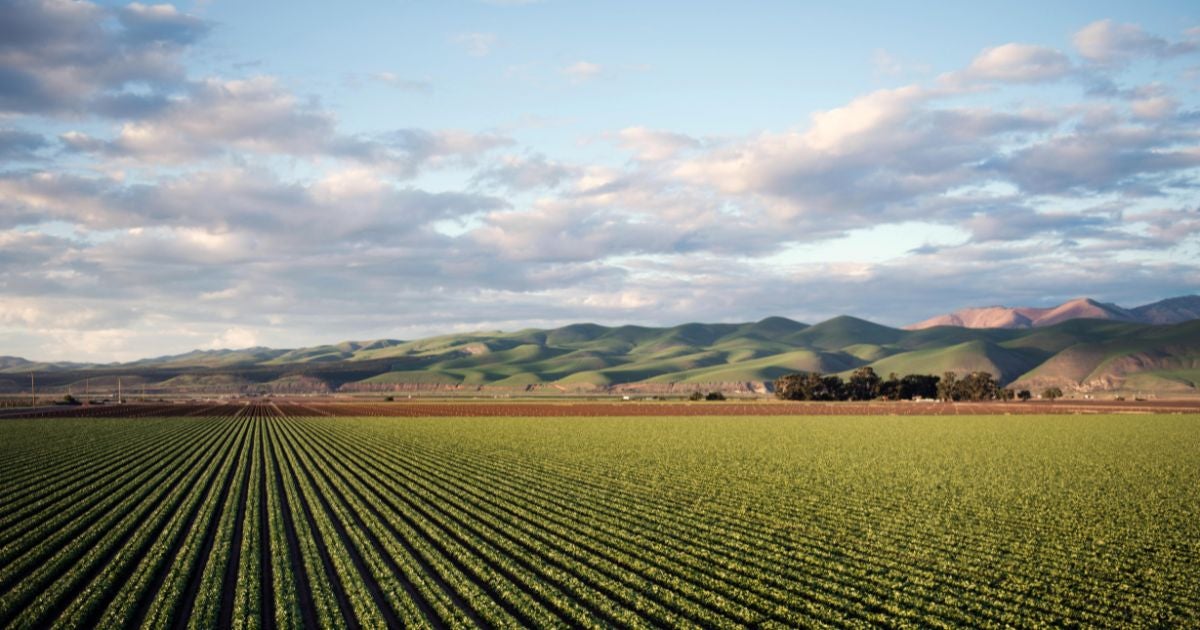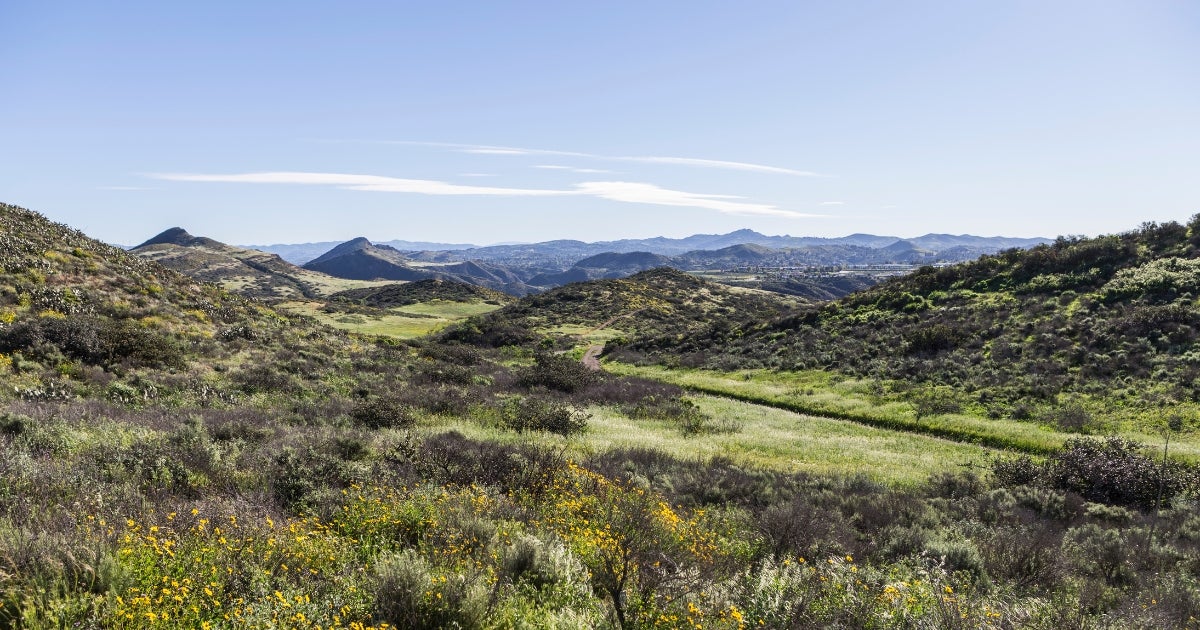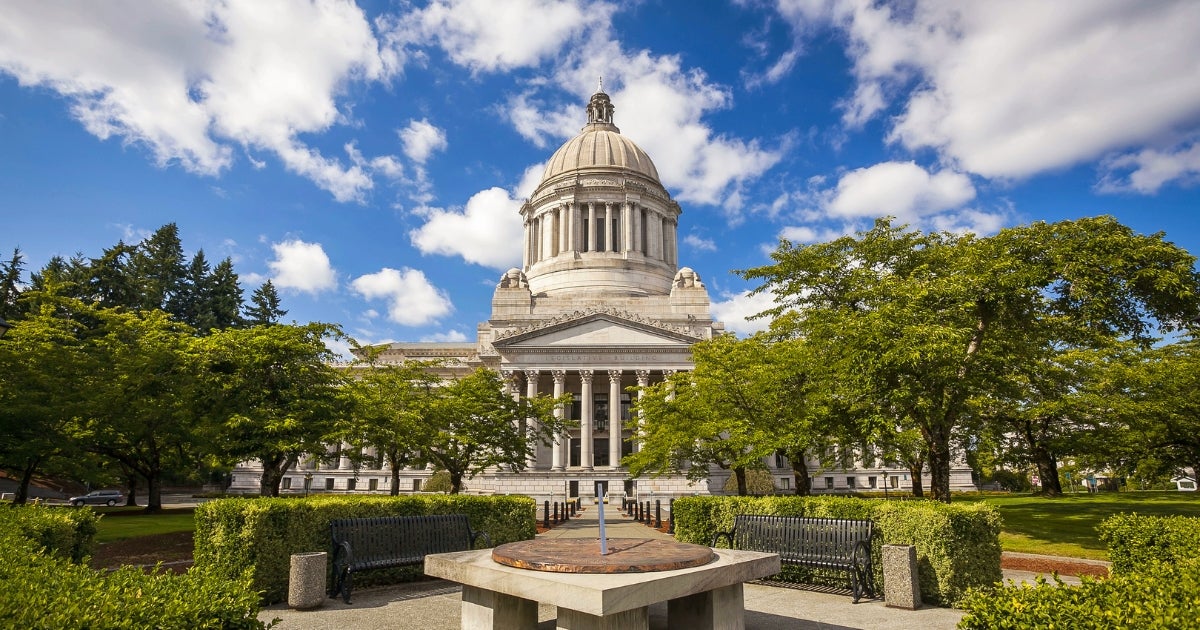Results were released today for California’s fourth cap-and-trade auction of the year, which was administered last week by the California Air Resources Board (CARB). Auction prices in the joint California-Quebec market (known as the Western Climate Initiative, or WCI) have trended downward this year, reflecting growing uncertainty among market participants about how best to plan their compliance strategies in the absence of regulatory or legislative clarity. A clear commitment to ambitious reductions in climate pollution and long-term market stability are urgently needed.
Climate 411
California auction results underscore need for ambition and certainty in cap-and-trade market
Growing costs of climate emergency demand ambitious policy — not business as usual
Fear, uncertainty and doubt are frequently-used tools to undermine environmental policy. For decades, polluters and their sympathizers rejected the existence of climate change. Now, they say climate action costs too much. This recurring argument ignores the costs working Californians are already facing from a changing climate and the clear benefits of California’s climate policy in order to justify “business as usual” for the biggest polluters.
Californians rightly want to understand fluctuations in day-to-day energy prices, but debates over these issues cannot conveniently ignore the significant costs of climate inaction, its impact on our cost of living and its disproportionate impact on families with low incomes.
- A national report ranked California the worst state for natural disasters fueled by a changing climate, with expected annual losses totaling more than $16 billion statewide
- Home insurance is harder and more expensive to get. Seven of California’s largest property insurers, State Farm, Allstate, Farmers, USAA, Travelers, Nationwide and Chubb recently limited new homeowners policies in the Golden State — raising questions about the stability of the California home insurance market.
- During an 11-year period, exposure to wildfire smoke caused more than 50,000 deaths in California and more than $400 billion in economic impacts.
- During seven extreme heat events over the past decade, California experienced $7.7 billion in losses.
Washington state’s landmark climate law continues to build a greener future for Washingtonians
Results were released today for Washington’s third quarterly auction of 2024, administered last Wednesday by the Department of Ecology (Ecology). During the auction, participating entities submitted their bids for allowances. Under the Climate Commitment Act — Washington’s landmark climate law which sets a binding, declining limit on pollution — Washington’s major emitters are required to hold one allowance for every ton of greenhouse gas that they emit, with the total number of allowances declining each year. With fewer allowances available each year, this system requires polluters in Washington to reduce their emissions in line with the state’s climate targets. Distributing allowances through quarterly auctions allows Ecology to both regulate harmful emissions and raise critical revenue to invest in frontline communities, ramp up clean job creation, bolster climate resilience, and accelerate further emissions reductions.
Here are the results, released today:
California’s second carbon market auction of the year raises revenue at critical time for climate funds
This blog was co-authored by Sara Olsen, Project Manager, California Political Affairs
Results of the latest Western Climate Initiative auction were released today, showing continued demand for allowances and confidence in the long-term stability of this landmark program. This auction is expected to generate roughly $1.1 billion for the Greenhouse Gas Reduction Fund (GGRF), which is dedicated to funding initiatives aimed at reducing greenhouse gas emissions and building climate resilience.
A new report from the California Air Resources Board (CARB) finds that, in the past 10 years, climate investments like GGRF have reduced California’s emissions by 109.2 million metric tons — the equivalent to taking 80% of the state’s gas cars off the road — by investing in projects like adding zero-emissions transport options, building affordable housing near job centers and more. As California heads into another summer with an increased risk for wildfire and more impacts of climate change are becoming increasingly severe and evident, the importance of this fund is clearer than ever.
May auction results
- All 51,589,488 current vintage allowances offered for sale were purchased, resulting in the 15th consecutive sold out auction. This is 0.72% or 373,000 more allowances than were offered at the previous auction.
- The current auction settled at a price of $37.02, $12.98 above the $24.04 price floor and $4.74 below the February 2024 settlement price of $41.76.
- All of the 7,211,000 future vintage allowances offered for sale were purchased — these allowances can be used for compliance beginning in 2027. This is the same number of future vintage allowances that were offered at the previous advance auction.
- Future vintage allowances settled at $38.35, $14.31 above the $24.04 floor price and $2.65 below the February settlement price of $41.00.
What factors may be at play with these results?
A number of factors could be at play with today’s results which saw a lower settlement price than California’s most recent auction. The first is general market variability; potential program changes, such as those being considered by CARB, can drive uncertainty among market participants that results in price fluctuations. While prices in the WCI auctions tend to tick upwards, it’s not uncommon for prices to drop once in a while. This happened most recently in the August and November auctions in 2022, where prices dropped from the May 2022 price of $30.85 down to $27, and then down to $26.80 before starting to trend upward again. Last auction’s settlement price of $41.76 was a record price by $3.03, so today’s price puts the WCI market more on trend with where prices were in November and August of last year. Despite slightly lower prices this quarter, there’s still strong demand overall; the auction was completely sold out. The market continues to be stable, and some price fluctuations are to be expected, especially during periods of program adjustment.
Where is the revenue getting invested?
Over the past ten years, California delivered $11 billion from the Greenhouse Gas Reduction Fund (GGRF) to more than half a million projects that cut pollution and mitigate the impacts of climate change. These investments yield meaningful environmental and community benefits, including a 109 million metric ton reduction of greenhouse gas emissions, 1,248 new or expanded transit projects, 29,800 new jobs, and 12,606 affordable housing projects under contract.
The $1.1 billion in revenue for GGRF from this auction comes at a critical moment, as California grapples with a $27.6 billion budget deficit. As the Governor and policymakers explore budget strategies, climate initiatives face the looming threat of funding cuts. In January, Governor Newsom proposed more than $3.1 billion in cuts and more than $5 billion in delays for climate funding. In the May Revision of his 2023-24 Budget Proposal, Governor Newsom proposed over $3 billion in additional cuts to significant climate investments. The proposal also reallocated funding for various climate programs to GGRF, relying on this source to alleviate the effects of the budget deficit.
Cap-and-trade, through emissions reductions and revenue generation, will be pivotal in addressing California’s current budget and climate challenges. The State’s reliance on the Greenhouse Gas Reduction Fund as a lifeline for essential climate initiatives only further underscores the need for these funds to be allocated strategically and exclusively towards climate and environmental justice priorities.
Auction results and budget decisions emphasize importance of investments from Washington state’s Climate Commitment Act
This blog was co-authored by Janet Zamudio, Western States Climate Policy Intern
The last week has been eventful in Washington, seeing the end of legislative session last Thursday and the first quarterly cap-and-invest auction of 2024, which posted results today. With the legislative session wrapped up and budgets passed, we now know what additional spending lawmakers plan to do with the revenue generated by these cap-and-invest auctions thanks to the supplemental budget passed last week. And with the results from the first auction of 2024 now in the books, it seems the Evergreen State will continue to see significant revenue from this program to reinvest in communities, clean energy projects and climate resilience. There’s a lot to unpack, so let’s start with the auction results:
As it enters its eleventh year, California’s cap-and-trade program continues to raise revenue to fight the climate crisis
This blog was co-authored by Katelyn Roedner Sutter, California State Director
Results of the latest Western Climate Initiative auction were released today, and we continue to see strong demand for allowances. This was the first quarterly auction of 2024, and it was a strong start for this marquee climate program.
This auction is expected to generate roughly $1.31 billion for the Greenhouse Gas Reduction Fund, which will invest in projects around the state that electrify transportation, reduce household energy costs, strengthen resilience to natural disasters, and more. This funding comes at a crucial time, as California faces both ongoing impacts from climate change and a challenging budget year.
February auction results
- All 51.2 million current vintage allowances offered for sale were purchased, resulting in the 14th consecutive sold-out auction. This is 11% or 6.4 million fewer allowances than were offered at the previous auction.
- The current auction settled at a record price of $41.76, $17.72 above the $24.04 floor price and $3.03 above the November 2023 settlement price of $38.73.
- All of the 7.2 million future vintage allowances offered for sale were purchased — these allowances can be used for compliance beginning in 2027. This is about 366,000 allowances fewer than were offered at the previous advance auction.
- Future vintage allowances settled at $41.00, $16.96 above the $24.04 floor price and $3.60 above the November settlement price of $37.40.















